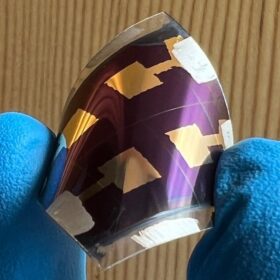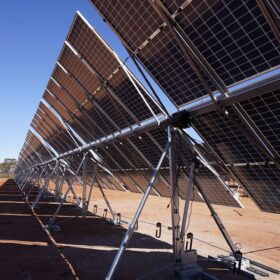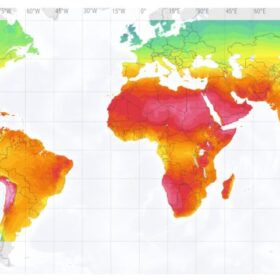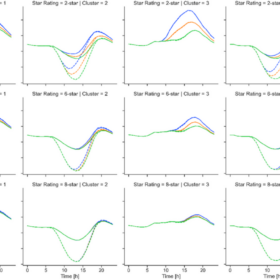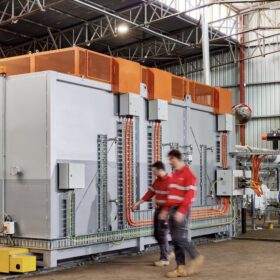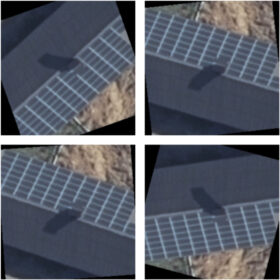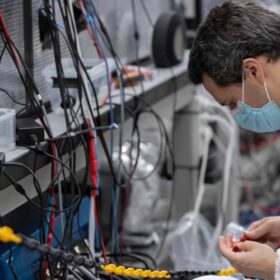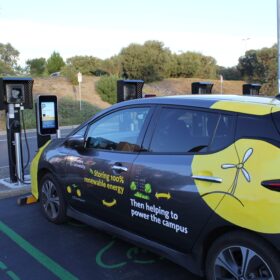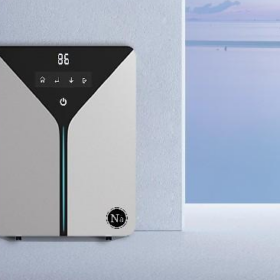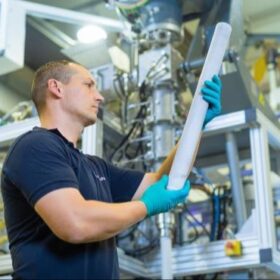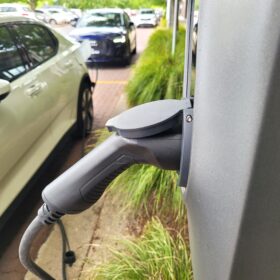Flexible indoor perovskite solar cell achieves 32.5% efficiency
Italian scientists have developed a flexible indoor perovskite solar cell with 32.5% efficiency. Their design uses a PET substrate combined with a tetrabutylammonium bromide layer over the perovskite absorber. This additional layer effectively reduces defect density and enhances the stability of the underlying 3D perovskite structure.
Cambridge completes Australian first install of modular solar solution
Prefabricated solar that integrates single-axis tracking technology has been deployed in Australia for the first time with United Kingdom-headquartered Cambridge Energy announcing a 2.3 MW system has been successfully installed at a mine site in Western Australia.
Study claims PV industry is neglecting overirradiance issues
Overirradiance conditions may affect the operating performance of photovoltaic plants, the stability of the electrical grid, and the efficiency of inverters. A research team has warned these effects are currently not being given proper consideration by the solar industry.
Mitigating residential duck curve via solar pre-cooling
Solar pre-cooling consists of using residential PV systems to run air conditioners to pre-cool residential and commercial buildings. It offers benefits in terms of mitigating low minimum demand in electricity networks, flattening the grid’s net demand profile, and reducing electricity bills.
Adelaide firm commissions molten silicon energy storage system
Australian energy storage specialist 1414 Degrees has successfully commissioned a demonstration module featuring its thermal energy storage technology that harnesses the high latent heat properties of silicon to provide a potential zero-carbon solution for use in high-temperature industries.
Novel AI-based tech to identify rooftop solar systems from aerial images
The model utilises deep learning and image processing techniques and is said to offer “superior performance.” In the future, it might be able to differ between panels of PV and solar thermal systems.
Hysata puts hydrogen electrolyser tech to test in real-world setting
New South Wales hydrogen technology company Hysata will install a 5 MW electrolyser unit adjacent to the coal-fired Stanwell Power Station in Queensland as part of a commercial-scale demonstration of its next generation tech.
Vehicle-to-grid tech put to test in SA trial
South Australia’s Flinders University has launched a trial that will test bidirectional vehicle-to-grid charging technology that allows electric vehicles to either be recharged or used as batteries to provide back-up power to the grid.
Biwatt unveils new residential sodium-ion batteries
Biwatt Power, a Chinese manufacturer, has developed new residential sodium-ion batteries with an efficiency rate of 97% and a projected lifespan of more than 3,000 cycles.
Altech pushes ahead with Germany-based battery projects
Western Australia battery tech company Altech Batteries has raised $13.3 million (USD 8.7 million) to advance the development and commercialisation of its sodium-chloride solid state battery project and to progress construction of a silumina anodes battery materials plant in Germany.
